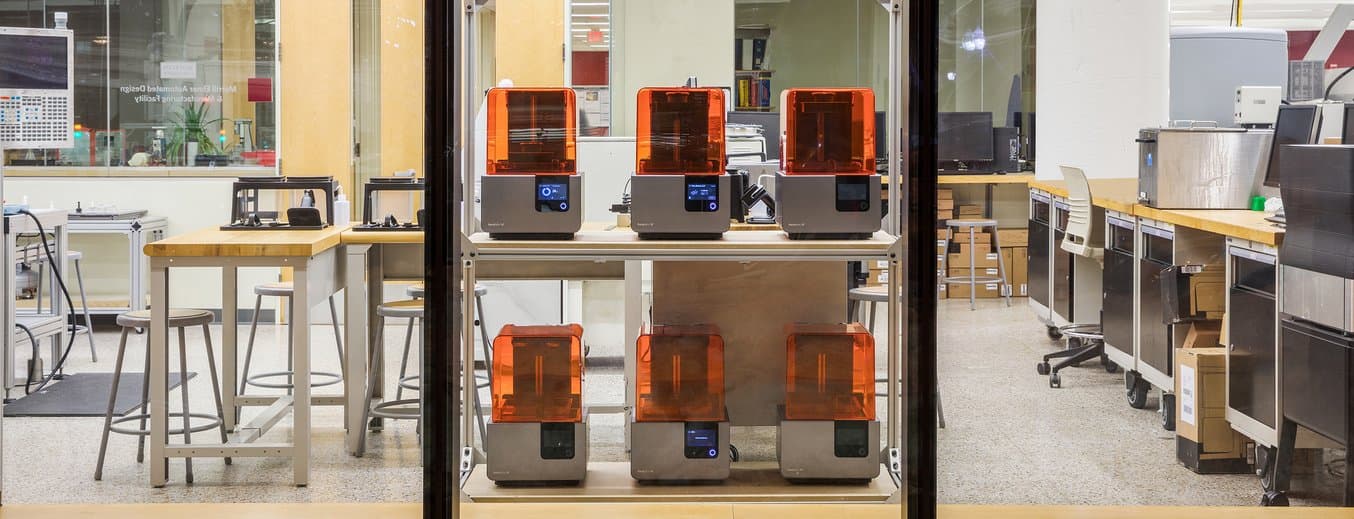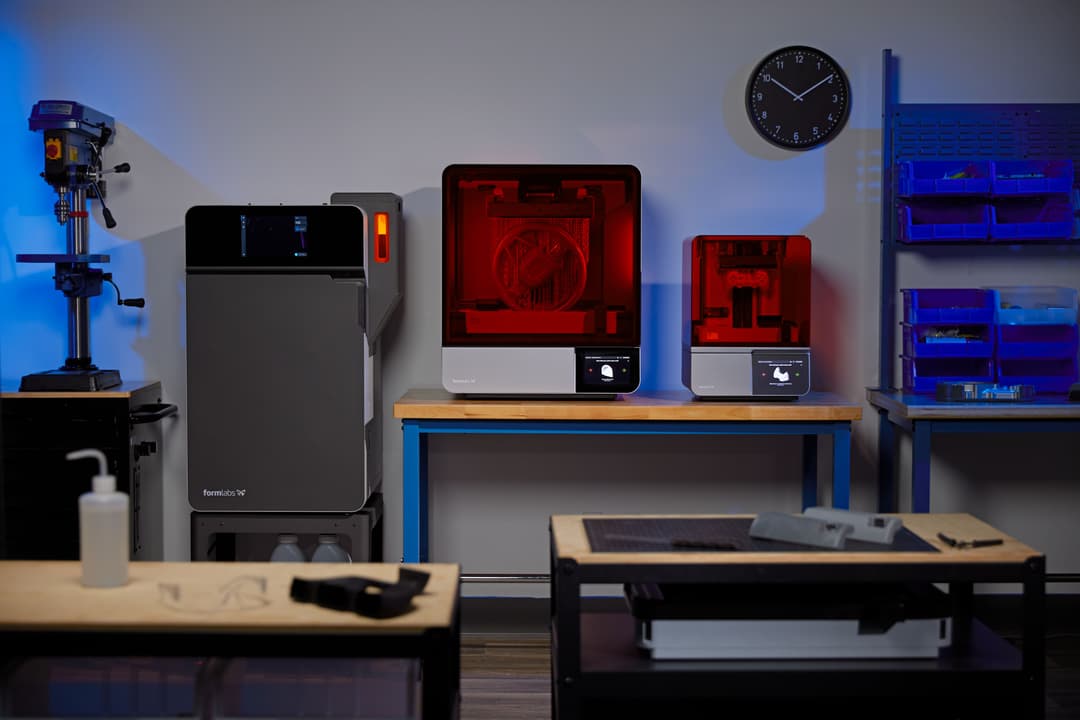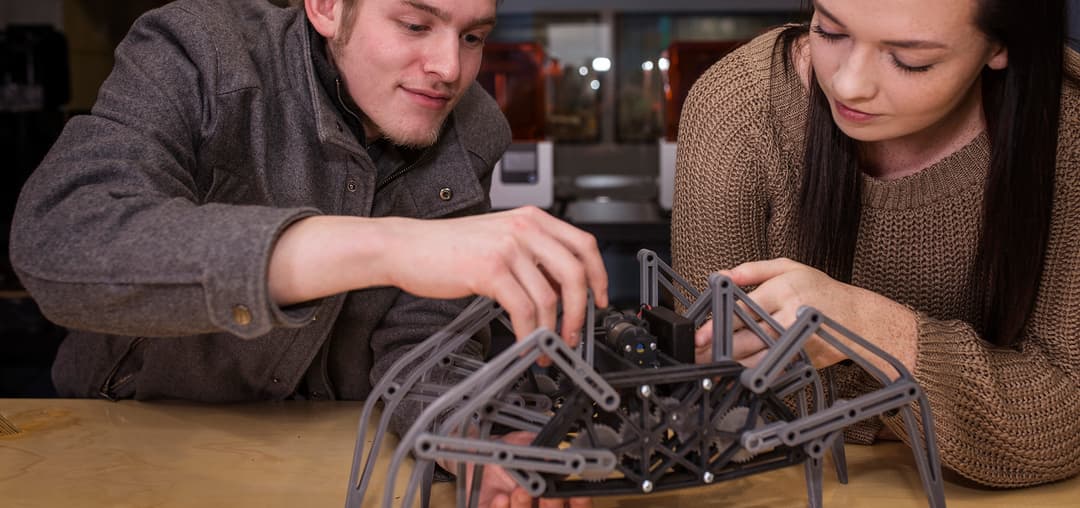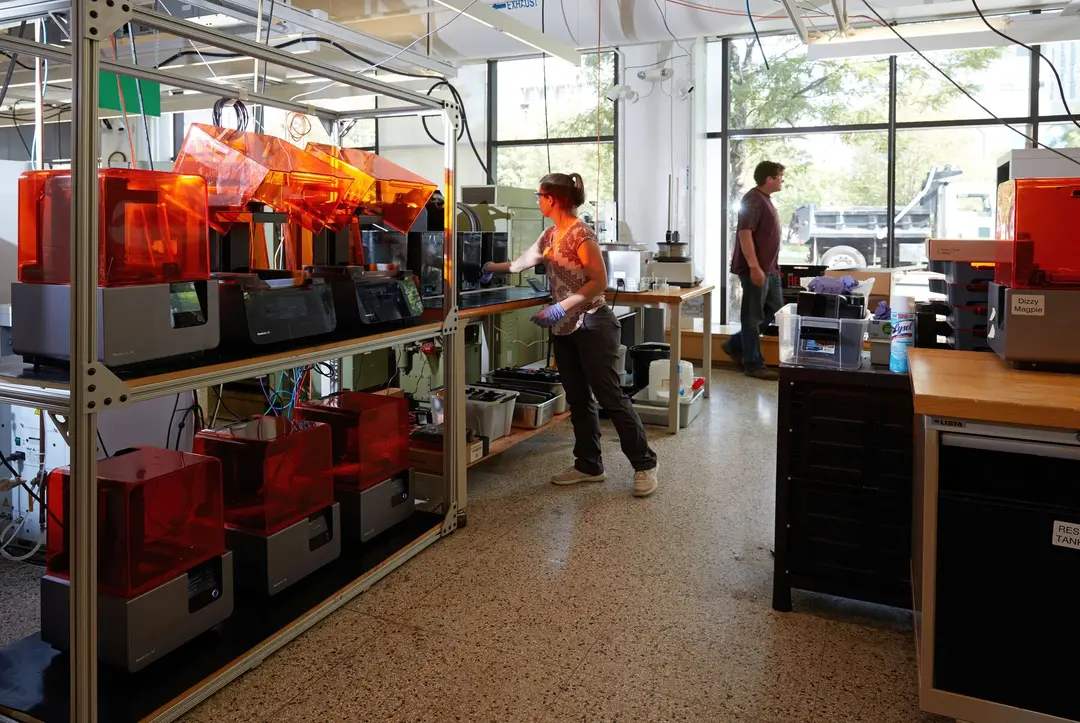
From its inception, Boston University’s Engineering Product Innovation Center (EPIC) was designed to provide access to state-of-the-art design, prototyping, and small-scale manufacturing technologies to all members of the school’s community.
Since opening its doors in 2014, the EPIC Lab has served over 1,000 students per semester, including those enrolled in the university’s core design engineering course as well as a range of seminars, research initiatives, and independent projects across departments.
“In the broadest sense, our mission is to prepare students with the skills they need to excel in for careers in design, manufacturing, and engineering,” said Dr. Gerry Fine, professor of practice and director of EPIC.
Looking Under the Hood: Equipment and Capabilities at EPIC
EPIC provides a full range of technologies that help students learn product development and manufacturing from end to end. Students start projects in CAD, then bring them to life using a combination of CNC machines, automated robotic manufacturing, 3D printers, and other tools.
“Our freshmen start 3D printing on the very first day of class,” said Kara Mogensen, EPIC’s laboratory manager.
Mogensen works with students to match their projects to the appropriate equipment and materials, and ensures demand is managed smoothly.
Learn how to set up and manage multiple printers.

Adopting and Scaling SLA 3D Printing
The EPIC lab first adopted stereolithography (SLA) 3D printing with the Form 2 in 2016. Today, EPIC uses six Form 2 3D printers with Clear, Grey, Black, Flexible, Tough, and Durable resins. Student demand for components printed on the Form 2 has also grown—EPIC now completes approximately 400 prints per month and its printers run upwards of 16 hours every day.
See Formlabs resins firsthand: request a free sample part.
For Dr. Fine, equipment dependability is a top priority. “The Form 2 offers the kind of reproducibility and reliability we were hoping for, and has been much more fruitful than working with other technologies,” Dr. Fine said.

Pioneering Engineering Education Using 3D Printing
Boston University’s engineering program is designed to develop societal engineers–teaching not only the quantitative and creative problem-solving skills all engineers need, but also the complementary skills such as communication, public policy, and entrepreneurship that enables graduates to move society forward.
Dr. Fine and Mogensen use 3D printing and other technologies at EPIC to contribute to this mission by offering students new ways to explore innovation, the entrepreneurial process, product design, and manufacturing.
These principles are being applied at other schools and universities across the globe.
Integrate 3D Printing into Your Lab or Makerspace
Learn more about what it takes to build academic makerspaces in our Guide to SLA 3D Printing for Education and Research, and find specific facility design and management considerations, plus a list of everything needed to get started in our Managing Multiple 3D Printers white paper.


